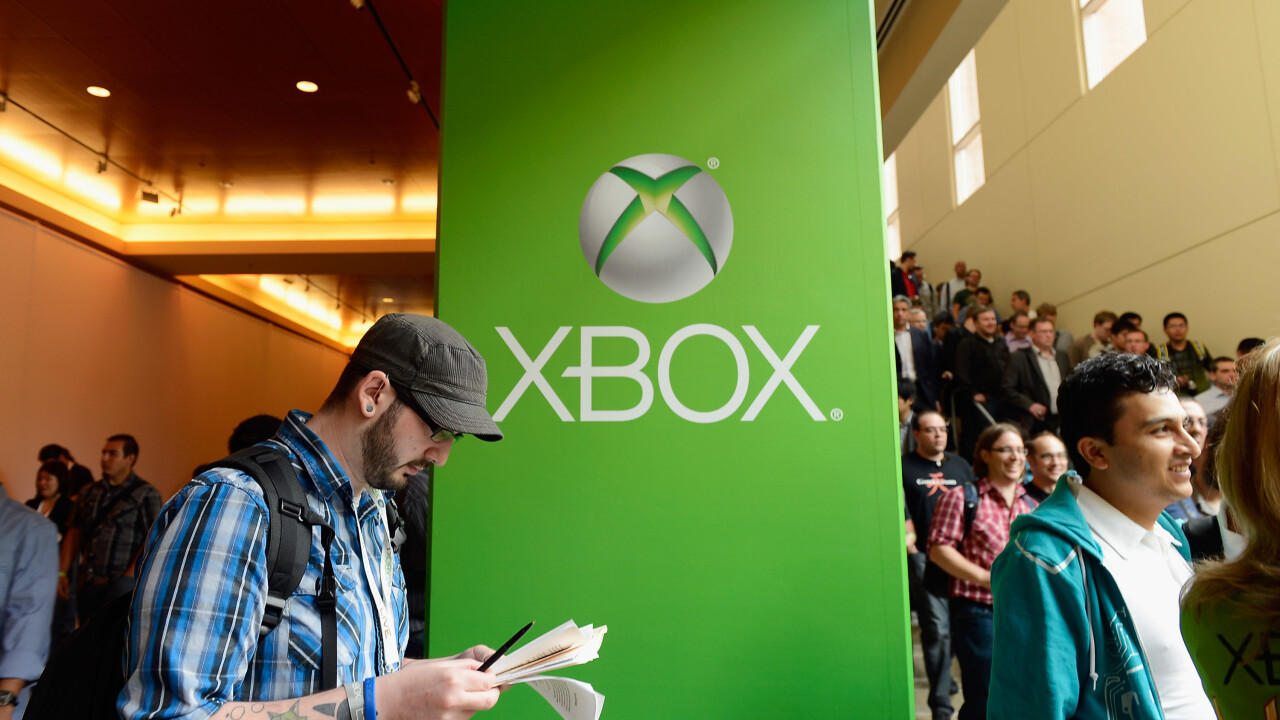
Microsoft’s new home video game console, Xbox One, will launch with a new ‘Snap Mode’ that allows players to view and access multiple apps simultaneously.
At an Xbox reveal event held at its Redmond headquarters, Microsoft showed the latest version of Skype, as well as an NBA app running alongside live TV and the movie Star Trek.
The on-stage announcer demonstrated being able to ‘snap in’ Skype to the right-hand side of the screen, while the Star Trek movie continued on the left-hand side. These secondary apps were shown taking up roughly a quarter of the screen, with the predominant experience taking place across the other 75 percent.

It wasn’t clear, however, whether the ratio of these apps could be tweaked, or whether users could switch them over so that the secondary app took up the majority of the screen.
So how is this all possible? Well, the Xbox One runs three separate operating systems; a tiny ‘Host OS’, which powers on the machine and then runs two other systems; the Shared petition for secondary apps such as Skype and Netflix, as well as Kinect sensor functionality; and the Exclusive partition, which handles all of the fancy new video games.
Microsoft has gone down this route to ensure that users can switch between apps near-instantaneously and also run them side-by-side with no lag whatsoever.
It’s clear that the company wants to use this functionality to help users multi-task more efficiently on the Xbox One. This could include formerly second-screen viewing apps, but also in-game functionality, such as social sharing and communication with over players. If it can succeed, Microsoft will be able to keep users locked in to the Xbox One’s ecosystem, reducing the chance that they’ll pick up another device – say an iOS or Android tablet – become distracted and do something else entirely.
Image Credit: Kevork Djansezian/Getty Images
Get the TNW newsletter
Get the most important tech news in your inbox each week.





